Home>Technology>Smart Home Devices>What Is The Difference Between A Sublimation Printer And A Regular Printer
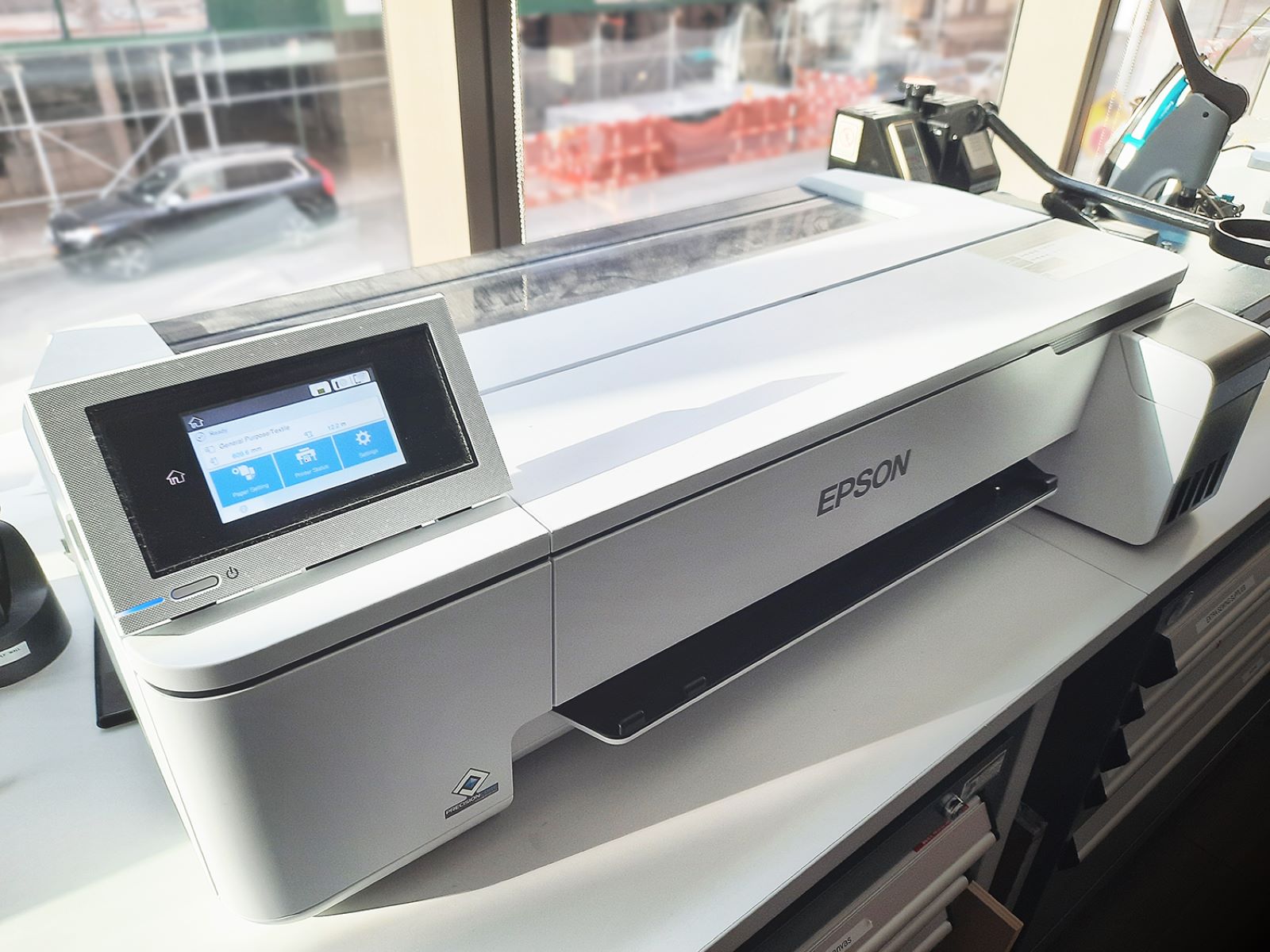

Smart Home Devices
What Is The Difference Between A Sublimation Printer And A Regular Printer
Modified: February 18, 2024
Discover the contrast between a sublimation printer and a regular printer. Learn how smart home devices can benefit from these printing technologies.
(Many of the links in this article redirect to a specific reviewed product. Your purchase of these products through affiliate links helps to generate commission for Storables.com, at no extra cost. Learn more)
Introduction
In the realm of printing technology, the advent of sublimation printers has sparked significant interest and curiosity among consumers, particularly those with a penchant for high-quality, vibrant prints. The emergence of sublimation printers has ushered in a new era of printing capabilities, offering distinct advantages over traditional inkjet and laser printers. To comprehend the nuances of sublimation printing and its divergence from conventional printing methods, it is imperative to delve into the intricacies of both technologies. By unraveling the core disparities between sublimation printers and their regular counterparts, individuals can make informed decisions when selecting a printing solution that aligns with their specific needs and preferences. This comprehensive exploration will illuminate the fundamental disparities between sublimation printers and regular printers, shedding light on their unique attributes, applications, and the diverse array of printing possibilities they offer.
Key Takeaways:
- Sublimation printers use heat to create vibrant, long-lasting prints on materials like fabric and metal, perfect for photography, graphic design, and custom merchandise.
- Regular printers, like inkjet and laser, are versatile for everyday printing needs, from documents to photo prints, offering high-quality outputs for various purposes.
Printing Technology
Before delving into the specifics of sublimation and regular printers, it’s essential to understand the fundamental principles that underpin their respective printing technologies.
Sublimation printing operates on a unique process that utilizes heat to transfer dye onto materials such as fabric, plastic, or paper. The key component in sublimation printing is the sublimation ink, which, when heated, transforms from a solid state directly into a gas without passing through the liquid phase. This gas permeates the fibers of the substrate, resulting in a vibrant, long-lasting image with exceptional color reproduction and durability.
On the other hand, traditional inkjet and laser printers function through a different mechanism. Inkjet printers utilize liquid ink, which is sprayed onto the printing surface in tiny droplets to form the desired image. Laser printers, on the other hand, use toner powder, which is fused onto the paper using heat and pressure to create the final printout.
Understanding the distinctive printing processes of sublimation and regular printers provides a solid foundation for discerning their divergent capabilities and applications.
Sublimation Printers
Sublimation printers are specifically designed to harness the unique sublimation printing process, offering unparalleled color vibrancy and durability. These printers are equipped with specialized sublimation inks that, when heated, transform into a gas and permeate the surface of the printing substrate. This results in a seamless integration of the ink with the material, producing vivid, high-resolution prints with exceptional color accuracy and fade resistance.
One of the key components of a sublimation printer is the dye sublimation transfer mechanism. This mechanism enables the transfer of the sublimation ink onto various substrates, such as polyester fabric, ceramic, metal, and certain plastics, creating stunning, long-lasting prints with a professional finish.
Sublimation printers are favored for their ability to produce photo-quality prints with continuous tones, making them ideal for applications such as photography, graphic design, and textile printing. Additionally, sublimation printing is renowned for its resistance to fading, as the dye becomes an integral part of the substrate, ensuring that the prints remain vibrant and sharp over time.
Moreover, sublimation printers are often utilized in commercial settings for producing promotional items, personalized gifts, and custom apparel. The versatility of sublimation printing extends to creating bespoke products such as mugs, phone cases, and plaques, offering businesses and individuals the opportunity to unleash their creativity and produce unique, customized merchandise.
Furthermore, sublimation printers are compatible with a wide range of paper sizes, enabling the creation of large-format prints suitable for signage, banners, and displays. This adaptability makes sublimation printers a valuable asset for businesses seeking to elevate their branding and promotional efforts through visually striking and durable printed materials.
In essence, sublimation printers stand as a testament to the innovative capabilities of modern printing technology, empowering users to unleash their creativity and produce high-quality, long-lasting prints across various substrates.
Regular Printers
Regular printers, encompassing both inkjet and laser variants, are ubiquitous in homes, offices, and commercial settings, offering versatile printing solutions for a myriad of applications. Inkjet printers utilize liquid ink, which is expelled through microscopic nozzles onto the printing surface, resulting in finely detailed prints with vibrant colors and smooth gradients. On the other hand, laser printers employ toner powder that is fused onto the paper using heat and pressure, delivering crisp, high-speed prints suitable for text-heavy documents and graphics.
These conventional printers are widely utilized for everyday printing needs, including documents, reports, presentations, and graphics. Inkjet printers are particularly popular for producing high-quality photo prints, offering exceptional color reproduction and detail, making them an ideal choice for photography enthusiasts and professionals seeking to showcase their work with precision and vibrancy.
Laser printers, renowned for their fast printing speeds and cost-effective operation, are well-suited for high-volume printing tasks, such as office documents, reports, and business correspondence. The sharp, precise output of laser printers makes them indispensable in environments where text clarity and professional presentation are paramount.
Moreover, regular printers are compatible with a wide range of media, including various paper types, envelopes, labels, and transparencies, catering to diverse printing requirements across different industries and personal endeavors. Whether it’s producing marketing materials, educational resources, or creative projects, regular printers offer a reliable and accessible means of bringing digital content to life in a tangible, shareable format.
Furthermore, advancements in regular printer technology have led to the integration of wireless connectivity, cloud printing capabilities, and intuitive user interfaces, enhancing the overall printing experience and streamlining workflows for both individual users and organizations.
Regular printers continue to play an integral role in facilitating the seamless transition from digital concepts to physical manifestations, serving as indispensable tools for communication, creativity, and information dissemination in a multifaceted, digitally-driven world.
Tip: A sublimation printer uses heat to transfer dye onto materials like fabric and ceramics, creating vibrant, long-lasting prints. Regular printers use ink that sits on top of the material, making them less durable for certain projects.
Key Differences
While both sublimation printers and regular printers serve the fundamental purpose of translating digital content into tangible prints, their underlying technologies and applications set them apart in distinct ways.
- Printing Process: The primary disparity lies in the printing process employed by each type of printer. Sublimation printers utilize heat to transfer dye onto materials, resulting in vibrant, long-lasting prints with exceptional color accuracy. In contrast, regular printers, whether inkjet or laser, rely on liquid ink or toner powder to produce prints through a different application process.
- Print Quality and Durability: Sublimation printers excel in producing high-quality, photo-realistic prints with continuous tones, making them the preferred choice for applications where color accuracy and longevity are paramount. The prints generated by sublimation printers exhibit remarkable resistance to fading, ensuring that the images remain vivid and sharp over time. Regular printers, while capable of delivering impressive text and graphics, may not match the level of color vibrancy and durability achieved by sublimation printing.
- Substrate Compatibility: Sublimation printers are specifically designed to work with materials such as polyester fabric, ceramic, metal, and certain plastics, offering a versatile platform for creating custom apparel, personalized gifts, and promotional items. Regular printers, on the other hand, are compatible with a wide range of media, including various paper types, envelopes, labels, and transparencies, catering to diverse printing requirements across different industries and personal endeavors.
- Applications: The distinct capabilities of sublimation printers make them well-suited for applications such as photography, graphic design, textile printing, and the production of customized merchandise. Regular printers, encompassing both inkjet and laser variants, are widely employed for everyday printing needs, including documents, reports, presentations, and graphics, catering to a broad spectrum of personal and professional printing requirements.
These fundamental disparities underscore the unique strengths and applications of sublimation printers and regular printers, offering users a diverse array of printing solutions tailored to their specific needs and creative pursuits.
Applications
The distinctive capabilities of sublimation printers and regular printers render them suitable for a diverse array of applications, catering to the varied printing needs of individuals, businesses, and creative professionals.
Sublimation Printers:
Sublimation printers are widely utilized in the realm of photography, enabling photographers to produce high-quality, color-accurate prints with exceptional detail and vibrancy. The continuous tones and fade-resistant nature of sublimation prints make them an ideal choice for showcasing photographic artistry and preserving cherished memories in tangible form.
Furthermore, sublimation printers find extensive use in graphic design, allowing designers to bring their digital creations to life with stunning color reproduction and precision. The ability to produce custom apparel, personalized gifts, and promotional items has positioned sublimation printing as a valuable asset for businesses seeking to enhance their branding efforts and create unique, eye-catching merchandise.
Moreover, sublimation printers are instrumental in textile printing, facilitating the creation of custom fabrics, apparel, and accessories with vivid, long-lasting prints. The versatility of sublimation printing extends to the production of signage, banners, and displays, offering businesses a compelling means of visually communicating their brand identity and promotional messages.
Regular Printers:
Regular printers, encompassing both inkjet and laser variants, cater to a broad spectrum of applications, ranging from everyday document printing to creative projects and business communications. Inkjet printers are favored for producing high-quality photo prints, making them indispensable for photographers, artists, and individuals seeking to preserve and showcase visual artistry.
Laser printers, renowned for their speed and precision, are well-suited for printing text-heavy documents, reports, presentations, and business correspondence. Their ability to deliver sharp, professional-looking prints in a time-efficient manner has established them as essential tools in office environments and commercial settings.
Additionally, regular printers are employed for creating marketing materials, educational resources, and creative projects, serving as versatile platforms for bringing digital concepts to life in tangible, shareable formats. The accessibility and adaptability of regular printers make them indispensable in various industries, educational institutions, and personal endeavors.
By harnessing the unique strengths of sublimation printers and regular printers, individuals and businesses can leverage a diverse range of printing solutions to meet their specific needs, amplify their creativity, and bring their digital visions into the physical realm.
Conclusion
The evolution of printing technology has ushered in a dynamic landscape of diverse printing solutions, each offering unique capabilities and applications tailored to the needs of individuals, businesses, and creative professionals. The advent of sublimation printers has redefined the possibilities of high-quality, vibrant printing, elevating the standard for color accuracy, durability, and creative expression.
Sublimation printers stand as a testament to the innovative capabilities of modern printing technology, empowering users to produce photo-quality prints with exceptional color accuracy and longevity. Their compatibility with a wide range of substrates, including fabric, ceramic, metal, and certain plastics, has unlocked a myriad of applications, ranging from photography and graphic design to textile printing and the creation of custom merchandise.
In contrast, regular printers, encompassing both inkjet and laser variants, continue to serve as versatile workhorses, catering to a broad spectrum of printing needs across various industries, educational institutions, and personal endeavors. Their ability to deliver high-quality prints for everyday documents, photo prints, marketing materials, and business communications underscores their indispensable role in facilitating the seamless transition from digital concepts to tangible, shareable outputs.
By discerning the key differences and applications of sublimation printers and regular printers, users can make informed decisions when selecting a printing solution that aligns with their specific needs, creative pursuits, and professional endeavors. Whether it’s unleashing creativity through vibrant, long-lasting prints or meeting the demands of everyday printing tasks with precision and efficiency, the diverse array of printing solutions available empowers individuals and businesses to bring their digital visions to life in tangible, impactful ways.
In essence, the convergence of sublimation printers and regular printers epitomizes the convergence of innovation, creativity, and practicality, offering a rich tapestry of printing solutions that cater to the multifaceted needs of a digitally-driven world.
Frequently Asked Questions about What Is The Difference Between A Sublimation Printer And A Regular Printer
Was this page helpful?
At Storables.com, we guarantee accurate and reliable information. Our content, validated by Expert Board Contributors, is crafted following stringent Editorial Policies. We're committed to providing you with well-researched, expert-backed insights for all your informational needs.
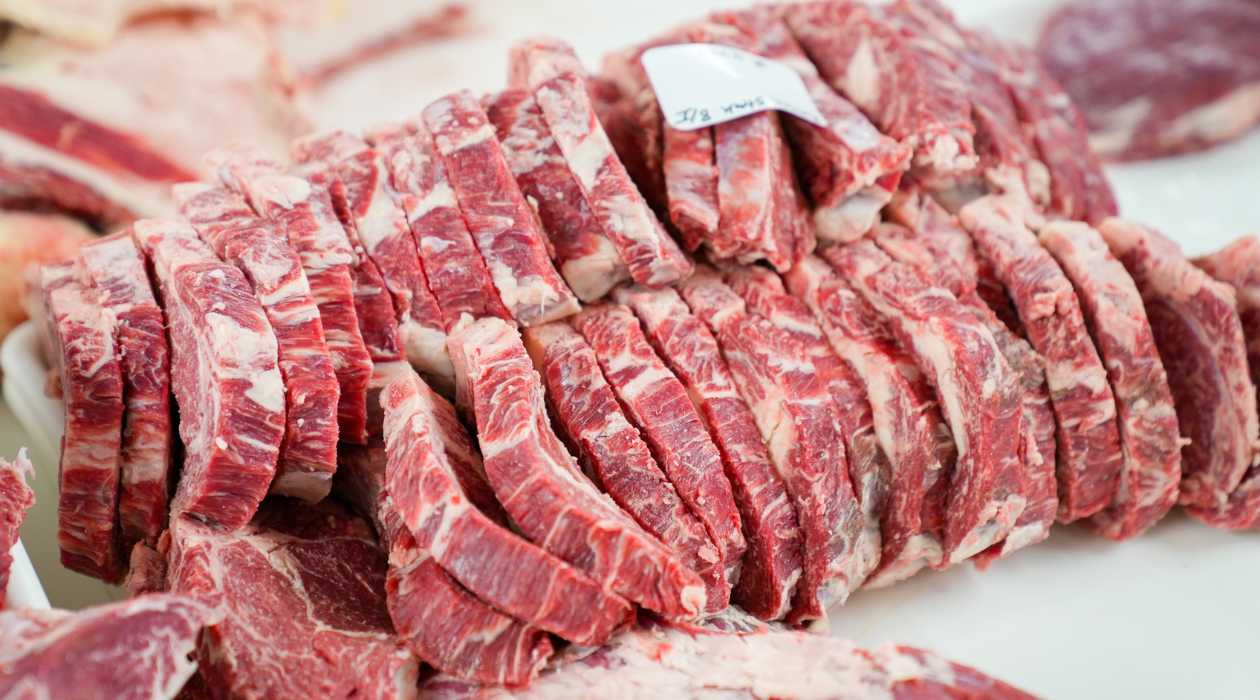
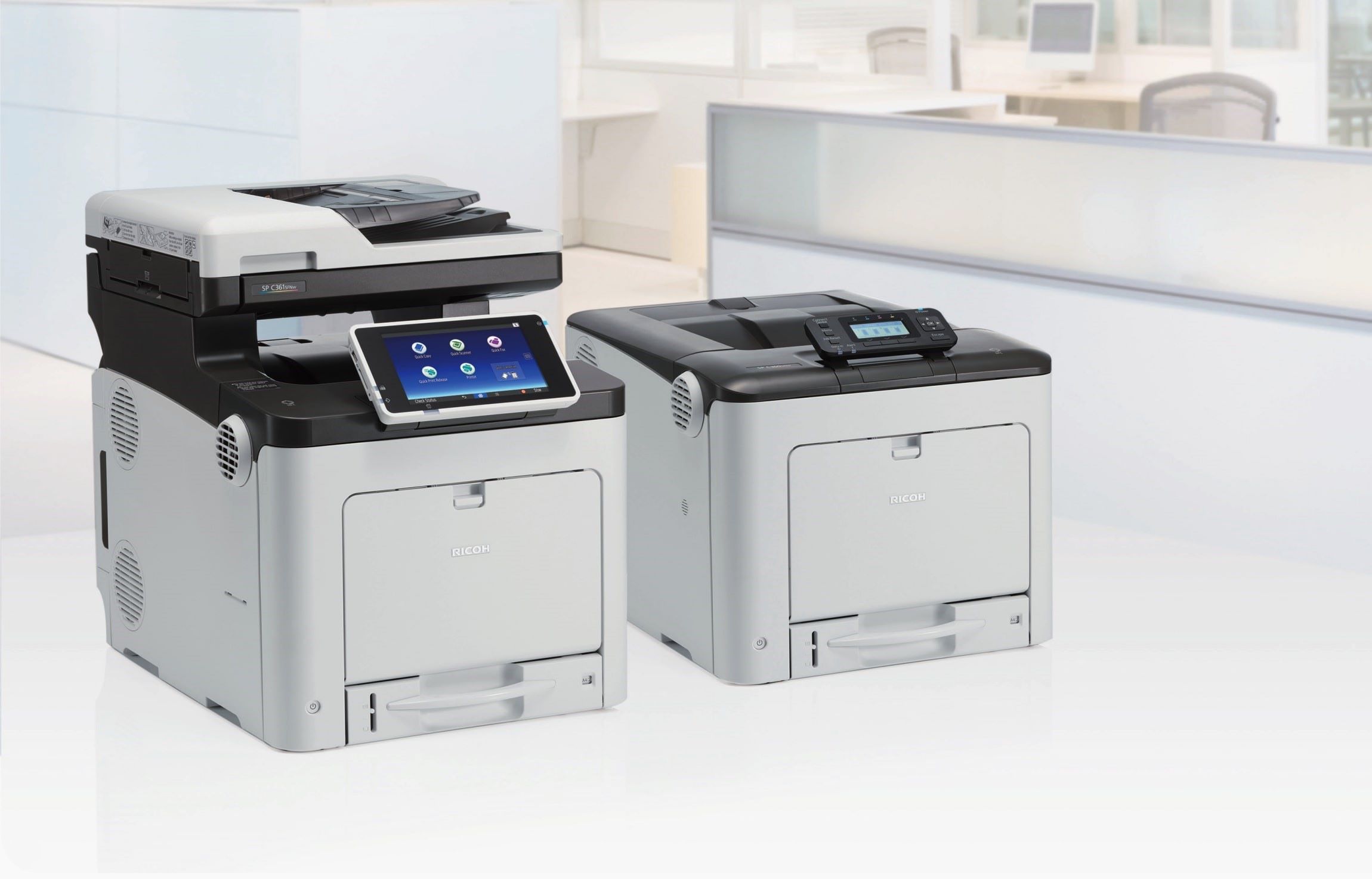
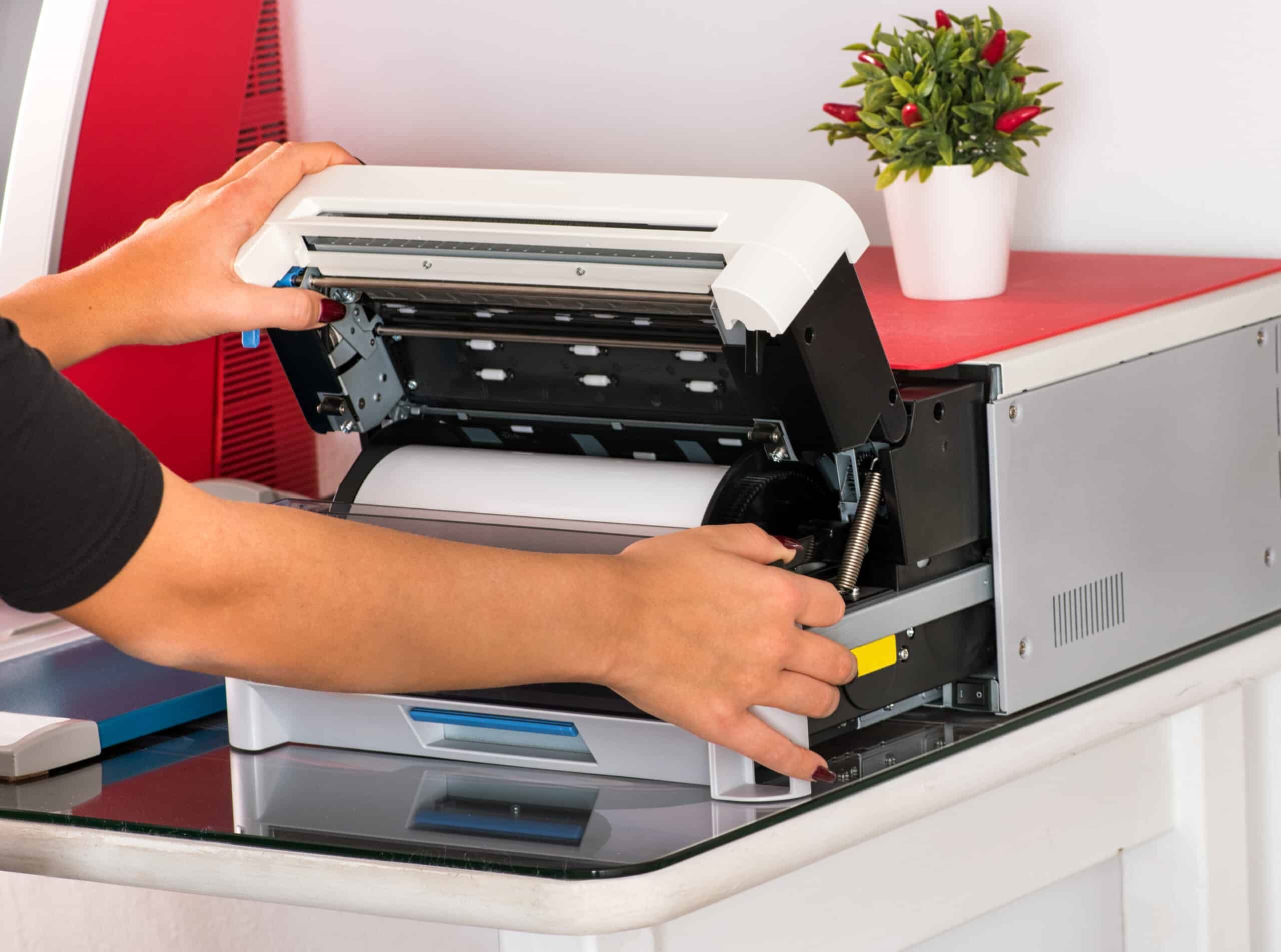

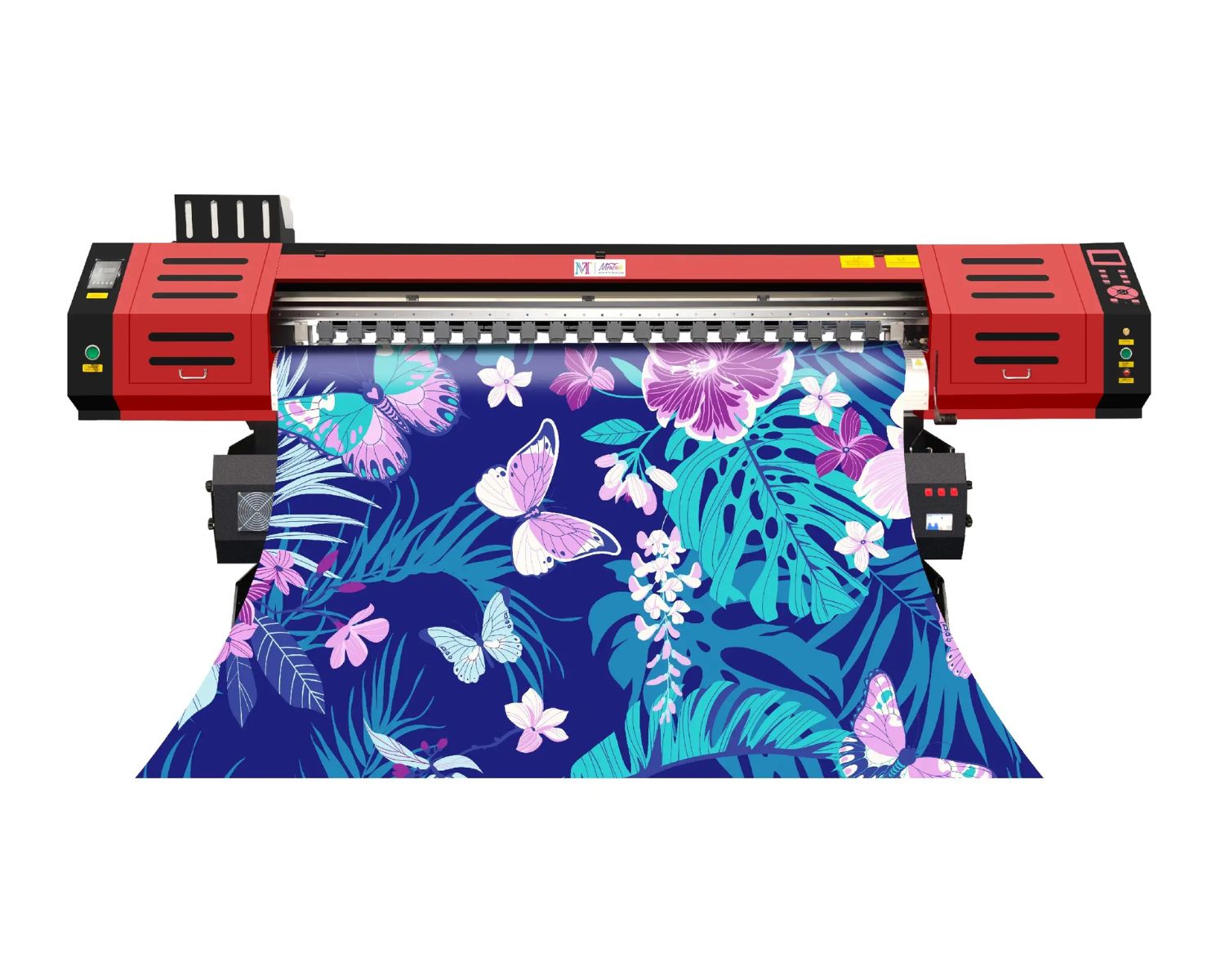
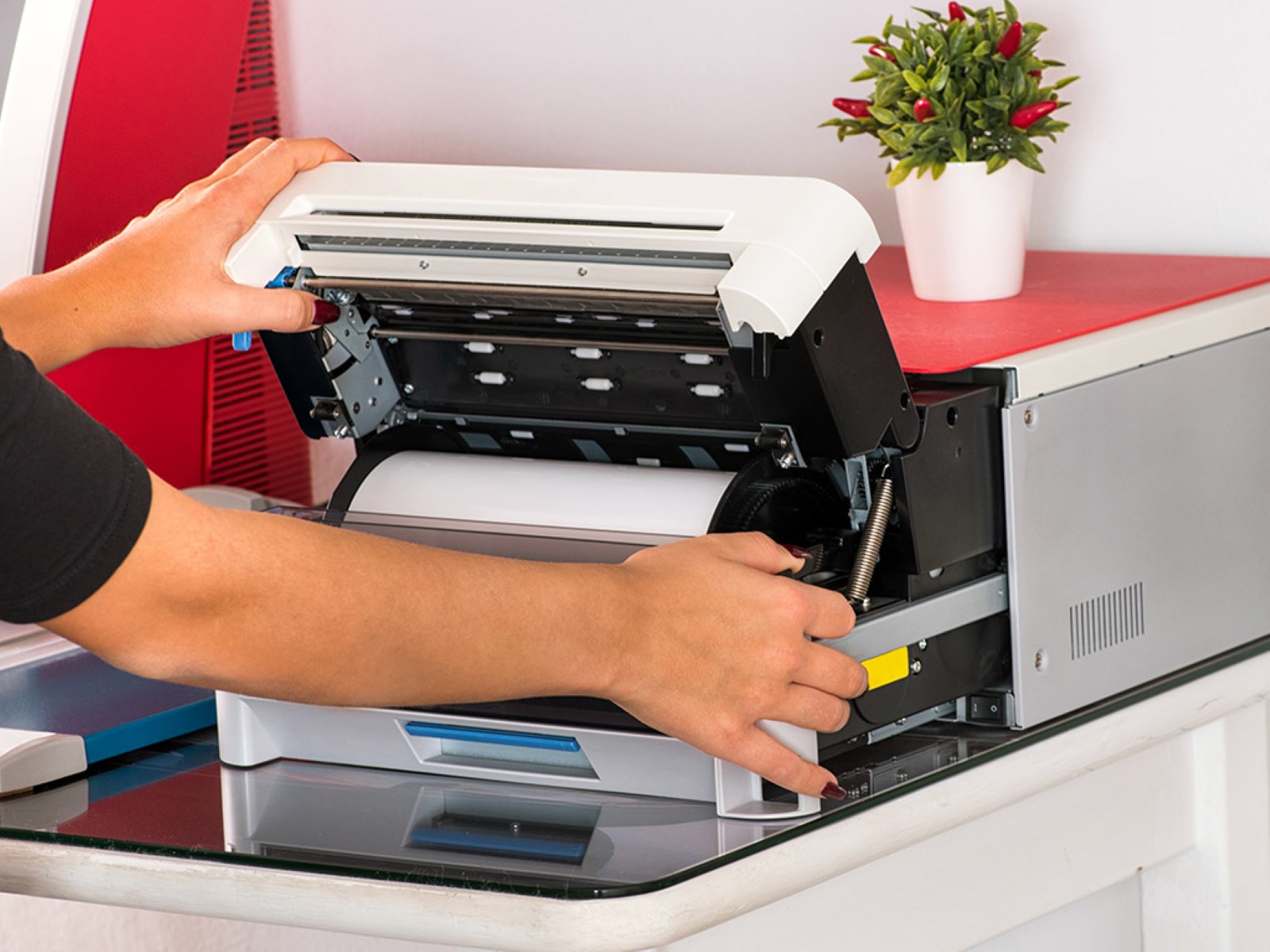
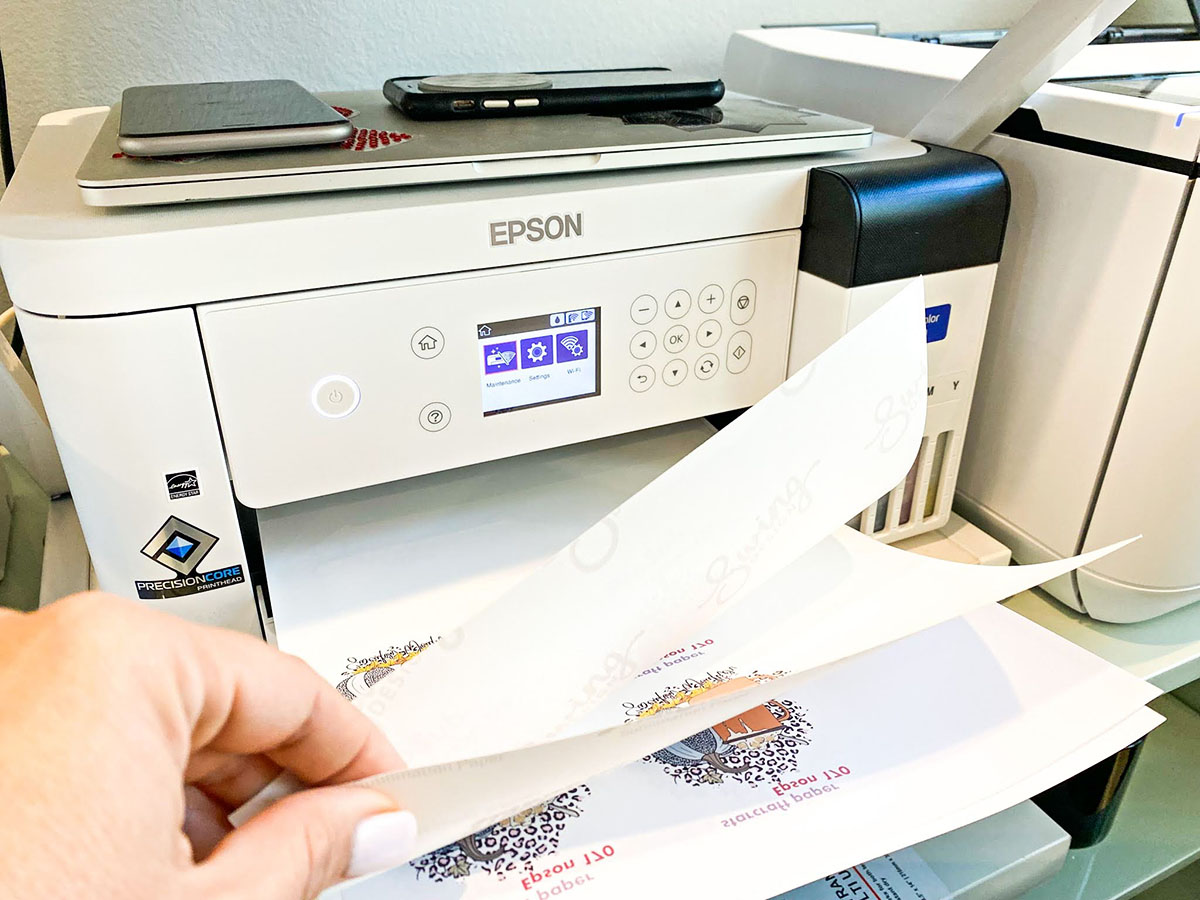
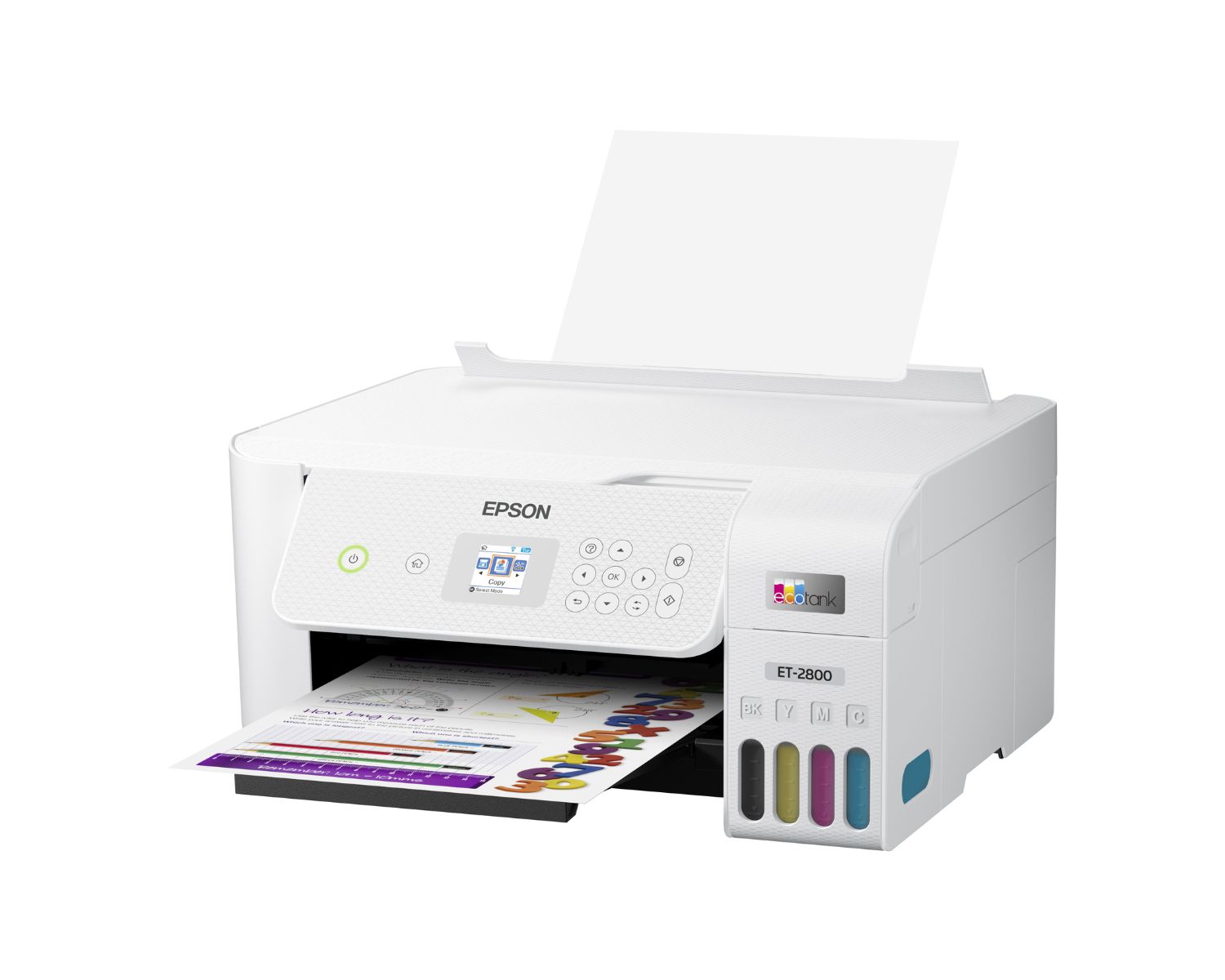
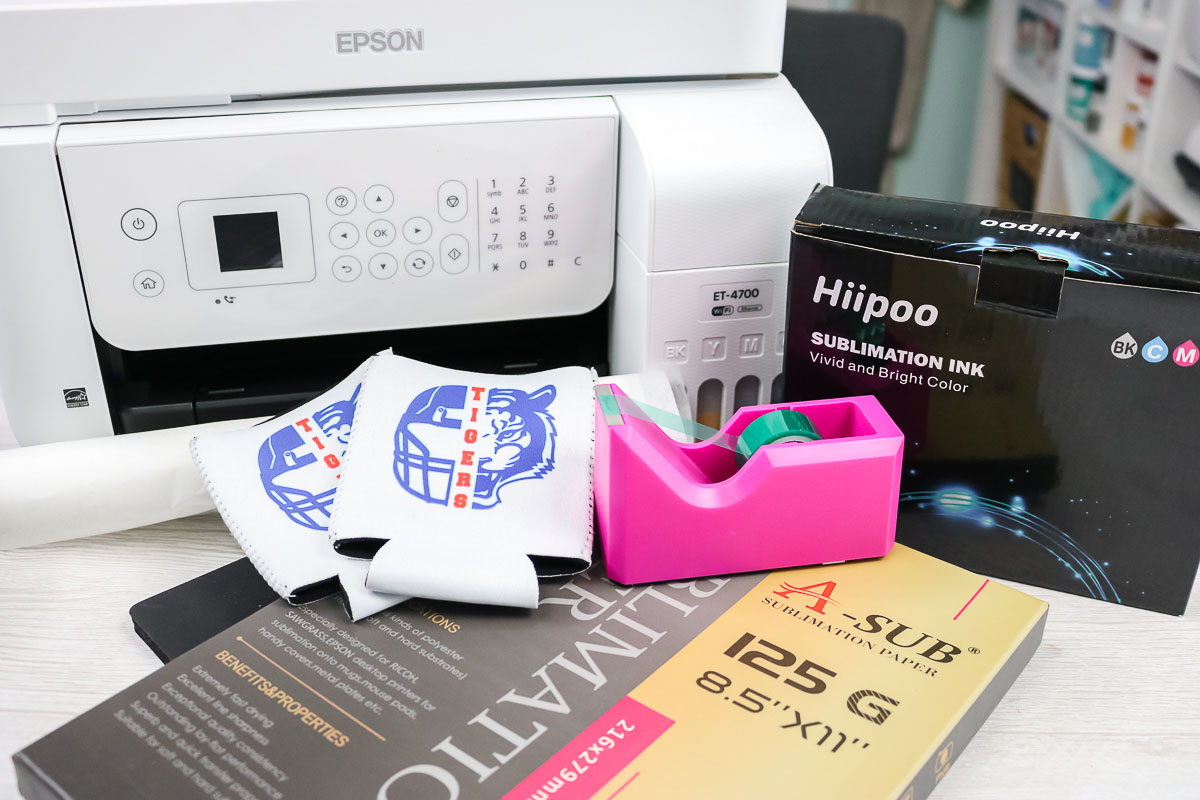
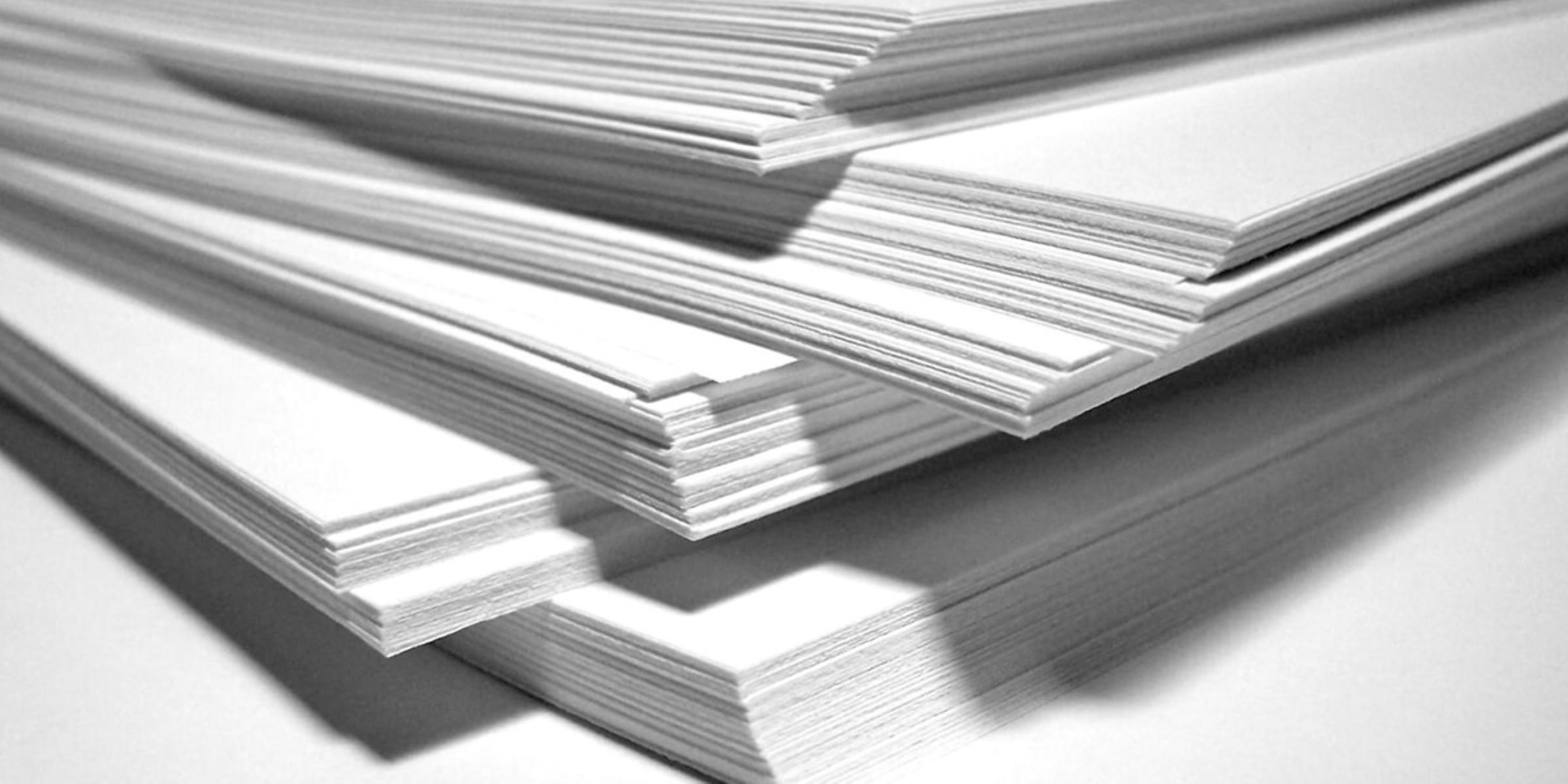





0 thoughts on “What Is The Difference Between A Sublimation Printer And A Regular Printer”